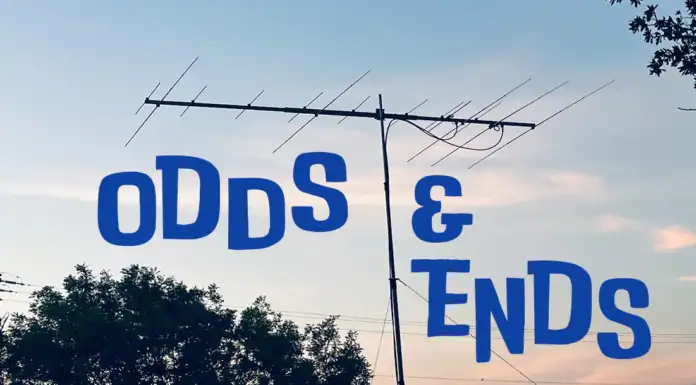The QSO Today Ham Expo inspired me to prepare a video on how to work VHF meteor scatter QSOs. It will be posted in the Project Gallery. Meanwhile, here’s the video, along with my slide deck. I hope this inspires and enables you to get on the air and make meteor scatter QSOs.
Meteor Scatter V1-FINAL Slide Deck







[…] I’ve also pulled together a somewhat detailed slide deck and video on how to get started on meteor scatter with WSJT-X MSK144. You can find it at Harnessing Meteors for VHF QSOs. […]
I first listened to meteor scatter several years ago before having any type of decent antenna. Last night, I decided to give it another try since there are a couple of showers occurring at the same time. I left the radio on 50.260 Mhz with WSJT-X running. When I checked the station today, there was about a page and a half of activity, however, something didn’t look right. No call signs were visible. Is this some new mode? I’ve pasted in a few lines from the band activity column to show what I’m talking about:
52315 -5 13.3 1530 & 73
053645 -5 8.3 1473 & RRR
053700 -5 4.7 1501 & R-03
053930 -4 1.4 1516 & R+06
055600 -3 3.9 1526 & R+13
055745 -4 4.5 1485 & R+16
055930 -5 3.8 1462 & R+13
055930 -3 10.5 1526 & RRR
Hi Fred, I’m not sure what’s going on there. The frequency of each decode is moving quite a bit to be coming from one transmitter. Plus, the signal report is relatively consistent. The “&” indicates that you’ve set things to MSK144. So it’s not a new mode. If you’re really curious, or see this again, perhaps the WSJT-X groups.io could provide more insight. Good luck.